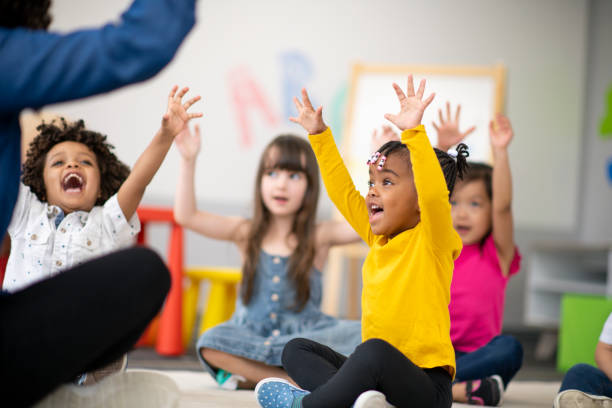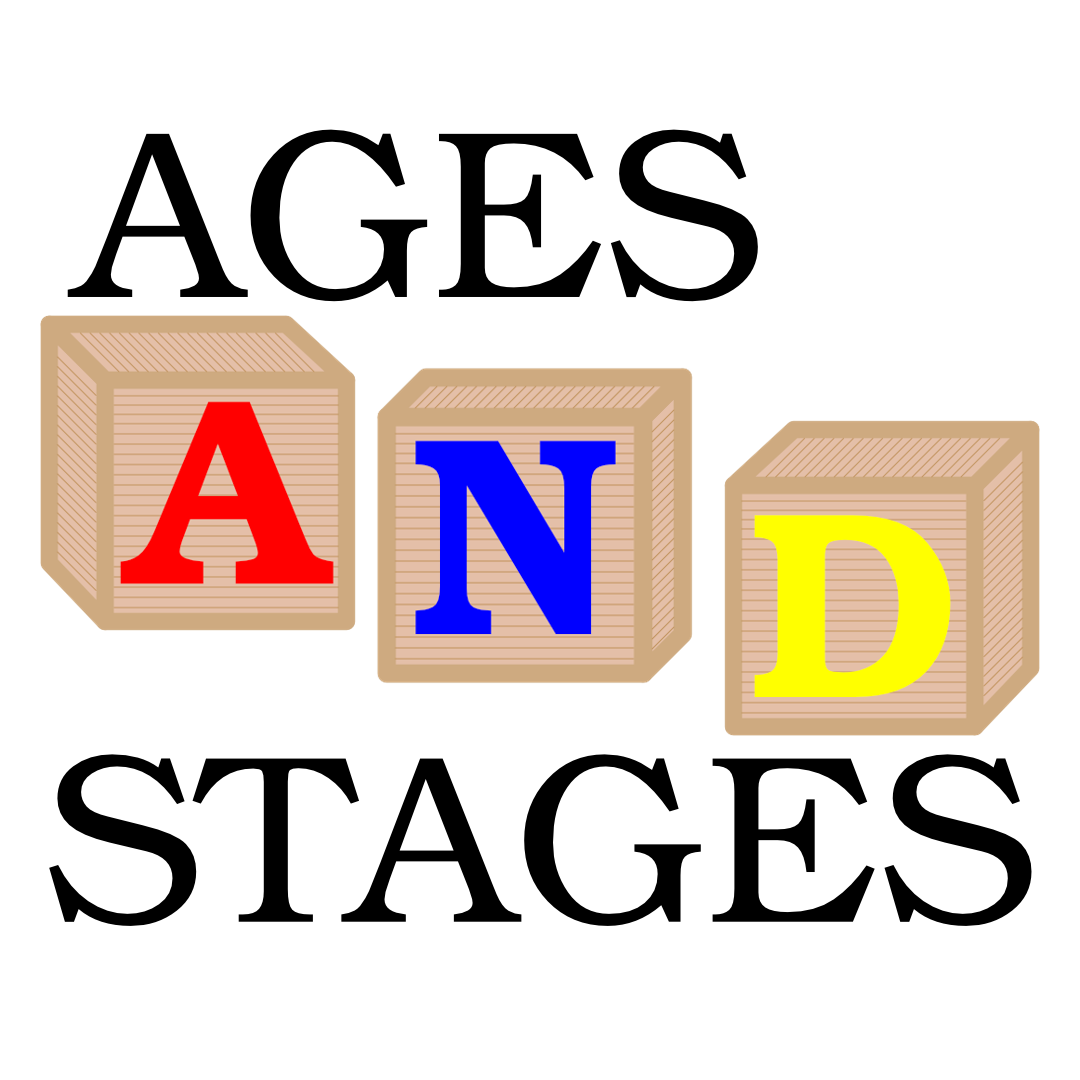
The curriculum we use at the Learning Center is called “The Creative Curriculum”. It is built on the idea that we learn best by doing. This style of learning encourages active exploration through the environment of the learning center to become independent, self-confident, and enthusiastic learners.
The goal of Creative Curriculum is to provide teachers with the ability to best assess the student’s progress and see how they are developing. We focus on growing children’s social and emotional skills, physical and cognitive abilities, and language. These are present in every age group here at the Learning Center, adjusted for age levels.
Ages & Stages
This is the assessment that our staff use in order to evaluate student’s progression and development. The assessment is used from birth until 6 years of age and is designed to show potential developmental problems. It was created using parents’ knowledge of childcare. This process of evaluation helps ensure that our students are continuing to learn and grow!

Objectives of Creative Curriculum
-
- Regulates own emotions and behaviors
- Manages feelings
- Follows limits and expectations
- Takes care of own needs appropriately
- Establishes and sustains positive relationships
- Forms relationships with adults
- Responds to emotional cues
- Interacts with peers
- Makes friends
- Participates cooperatively and constructively in group situations
- Balances needs and rights of self and others
- Solves social problems
- Regulates own emotions and behaviors
-
- Demonstrates traveling skills
- Demonstrates balancing skills
- Demonstrates gross-motor manipulative skills
- Demonstrates fine-motor strength and coordination
- Uses fingers and hands
- Uses writing and drawing tools
-
- Listens to and understands increasingly complex language
- Comprehends language
- Follows directions
- Uses language to express thoughts and needs
- Uses an expanding expressive vocabulary
- Speaks clearly
- Uses conventional grammar
- Tells about another time or place
- Uses appropriate conversational and other communication skills
- Engages in conversations
- Uses social rules of language
- Listens to and understands increasingly complex language
-
- Demonstrates positive approaches to learning
- Attends and engages
- Persists
- Solves problems
- Shows curiosity and motivation
- Shows flexibility and inventiveness in thinking
- Remembers and connects experiences
- Recognizes and recalls
- Makes connections
- Uses classification skills
- Uses symbols and images to represent something not present
- Thinks symbolically
- Engages in sociodramatic play
- Demonstrates positive approaches to learning
-
- Demonstrates phonological awareness
- Notices and discriminates rhyme
- Notices and discriminates alliteration
- Notices and discriminates smaller and smaller units of sound
- Demonstrates knowledge of the alphabet
- Identifies and names letters
- Uses letter–sound knowledge
- Demonstrates knowledge of print and its uses
- Uses and appreciates books
- Uses print concepts
- Comprehends and responds to books and other texts
- Interacts during read-alouds and book conversations
- Uses emergent reading skills
- Retells stories
- Demonstrates emergent writing skills
- Writes name
- Writes to convey meaning
- Demonstrates phonological awareness
-
- Uses number concepts and operations
- Counts
- Quantifies
- Connects numerals with their quantities
- Explores and describes spatial relationships and shapes
- Understands spatial relationships
- Understands shapes
- Compares and measures
- Demonstrates knowledge of patterns
- Uses number concepts and operations
-
- Uses scientific inquiry skills
- Demonstrates knowledge of the characteristics of living things
- Demonstrates knowledge of the physical properties of objects and materials
- Demonstrates knowledge of Earth’s environment
- Uses tools and other technology to perform tasks
-
- Demonstrates knowledge about self
- Shows basic understanding of people and how they live
- Explores change related to familiar people or places
- Demonstrates simple geographic knowledge
-
-
- Explores the visual arts
- Explores musical concepts and expression
- Explores dance and movement concepts
- Explores drama through actions and language
-
-
- Demonstrates progress in listening to and understanding English
- Demonstrates progress in speaking English
To have your child attend our Center, please visit our enrollment forms tab and fill out the appropriate form. Be sure to send in the form to be considered for attendance!
